Loyalty in South Korea: Trends & Top Loyalty Programs
South Korea is rapidly becoming one of the most dynamic markets for loyalty programs. With a highly tech-savvy and reward-conscious consumer base, the country’s loyalty market is expected to grow from $1.83 billion in 2025 to $2.98 billion by 2029, driven by digital integration, AI-powered personalization, and government-backed incentives.
If you’re a business looking to enhance customer engagement and implement an effective loyalty program, understanding evolving consumer expectations and South Korea loyalty programs is essential. In this post, we cover market trends, best practices, and the top programs to know.
Why loyalty programs matter in South Korea
Loyalty programs are a key way to enhance customer engagement and repeat spending. South Korean costumers, accustomed to digital convenience and instant rewards, have specific consumer expectations and engage deeply with programs that offer:
- Seamless redemption across multiple channels
- Personalized offers based on purchase behavior
- Interactive or gamified experiences
Retail conglomerates like Lotte, CJ Group, and Shinsegae dominate the landscape, integrating loyalty across shopping, dining, and entertainment ecosystems. Financial institutions and tech platforms are also using loyalty programs to engage customers and differentiate their offerings.
Unlike some Western markets where traditional loyalty cards still dominate, South Korea leads with a competitive edge thanks to mobile loyalty apps, digital coupons, and data-driven personalization.
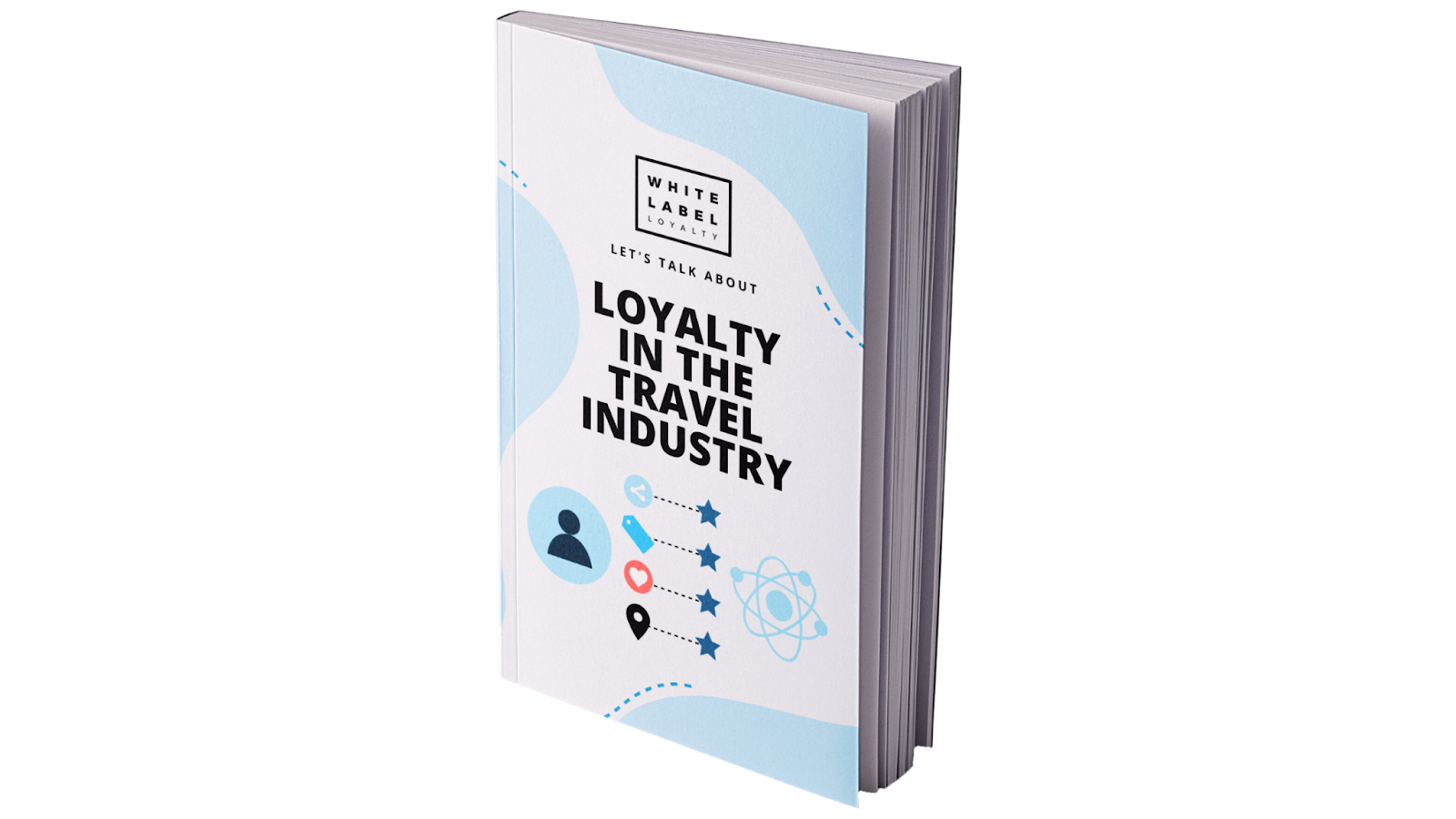
Key trends in South Korea loyalty programs & Asia Pacific
South Korea is one of the most advanced markets for customer loyalty programs, blending technology, lifestyle benefits, and consumer behavior into highly innovative systems. Below are the top loyalty program trends in South Korea that brands should watch right now.
1. Digital integration & super apps
South Korean consumers expect seamless digital experiences, and loyalty programs are increasingly integrated into super apps. Platforms like Naver Plus Membership and Kakao Pay Rewards allow users to earn and redeem points while browsing, shopping, streaming content, and making payments.
This “all-in-one” approach drives higher engagement because consumers can manage everything, from banking to entertainment, within a single ecosystem. For global brands entering South Korea, aligning with integrated loyalty ecosystems and leveraging extensive partner ecosystems is now a best practice.
2. AI & hyper-personalization
Artificial intelligence plays a key role in South Korea loyalty strategies. Retailers, e-commerce platforms, and entertainment companies are using AI and other digital technologies to analyze purchasing habits, search patterns, and lifestyle preferences.
Programs deliver hyper-personalized rewards, such as exclusive coupons, targeted offers, or product recommendations. This personalization creates a stronger emotional connection, making customers feel understood while driving higher repeat purchases and high retention rates.
3. Gamification & interactive rewards
South Korean loyalty programs thrive on gamification. Platforms like CJ ONE (covering CGV cinemas, Tous les Jours bakeries, and Olive Young) and Happy Point (affiliated with Paris Baguette and Baskin Robbins) use digital stamp collections, referral bonuses, and in-app challenges to keep customers engaged.
Gamified elements not only increase repeat visits but also encourage social sharing, turning loyalty into a form of entertainment.
4. Subscription-based customer engagement
Subscription-based loyalty models are booming in South Korea, following the success of Coupang’s WOW Membership. For a fixed monthly fee, customers enjoy free next-day delivery, access to Coupang Play (streaming service), exclusive product discounts, and other premium tier benefits.
Similarly, Naver Plus Membership and TMON Club combine e-commerce, media, and lifestyle benefits. These premium loyalty models are appealing to consumers who value predictable, ongoing rewards rather than occasional discounts.
5. Sustainability & green rewards
A growing number of South Korean consumers prefer eco-friendly loyalty rewards. Brands are introducing loyalty initiatives, including green incentives such as discounts on sustainable products, points for eco-friendly purchases, and rewards for using reusable cups or reducing carbon footprints.
For example, some retail chains partner with environmental initiatives, offering points for recycling or choosing ethical consumption options. This trend aligns with a broader cultural shift toward sustainability and conscious consumerism in South Korea.
6. Government cashback & national incentives
Beyond private companies, the South Korean government has also stepped into the loyalty space. Government-backed cashback programs encourage local spending by offering instant rewards for card payments in small businesses and designated sectors.
These national efforts stimulate consumer spending while making loyalty participation universal, especially for consumers who may not actively join brand-specific programs.
Best practices for South Korean loyalty programs
South Korea’s most successful loyalty programs share common traits that keep customers engaged and coming back. To compete in this highly digital and competitive market, brands should follow these best practices:
- Leverage coalition networks: Partner with other brands so members can earn and redeem points across ecosystems, boosting reach and engagement.
- Offer omnichannel access: Ensure customers can use rewards seamlessly online, in-store, and through mobile apps.
- Enable real-time rewards: Instant cashback and flexible redemption options increase perceived value.
- Apply data-driven personalization: Use advanced analytics to micro-segment audiences and deliver tailored offers.
- Add gamification elements: Quizzes, challenges, and referral bonuses make loyalty programs more interactive, not just simple credit card loyalty programs.
- Focus on privacy & security: Strong compliance with South Korea’s data regulations helps build trust and loyalty and retain customers.
Why choose White Label Loyalty for South Korea loyalty
Succeeding in South Korea’s highly competitive loyalty landscape requires technology that is flexible, fast, and proven. White Label Loyalty’s platform is designed to help brands launch and scale world-class programs that align perfectly with the best practices above:
- Activate: Launch & scale effortlessly with custom-branded mobile apps, microsites, and expert support. Activate empowers brands to capture customer insights, drive engagement, and grow revenue.
- Gravitate: Designed for the social-first era, Gravitate helps brands turn engagement into revenue. Launch loyalty campaigns directly on Instagram, collect GDPR-compliant first-party data, and boost sales.
- Dynamo: Drive user engagement, influence behavior, and iterate effortlessly with our enterprise-ready loyalty engine API and SDK. Deliver faster and more efficiently.
- Enterprise: Leading enterprises scale customer loyalty effortlessly with White Label Loyalty's fully customizable and modular engine.
Together, these products give brands the agility to create omnichannel, data-driven, and engaging loyalty experiences that not only meet but exceed the expectations of South Korean customers.
Top 7 loyalty programs in South Korea
South Korea is one of the most advanced loyalty markets in the world, where digital integration, gamification, and everyday convenience play a central role and help drive significant growth.
Here are some of the country’s most successful and influential loyalty programs, and why they’ve captured millions of members.
1. OK Cashback (Lotte)
One of Korea’s largest coalition loyalty programs, OK Cashback partners with thousands of merchants across retail, dining, entertainment, and even fuel stations. Members earn points with nearly every purchase and can redeem them for airline miles, gift cards, shopping credits, or even cryptocurrency.
Why it works: Its sheer scale and flexibility make it valuable: users don’t feel limited to one brand, and the option to convert points into miles or digital assets increases long-term engagement.
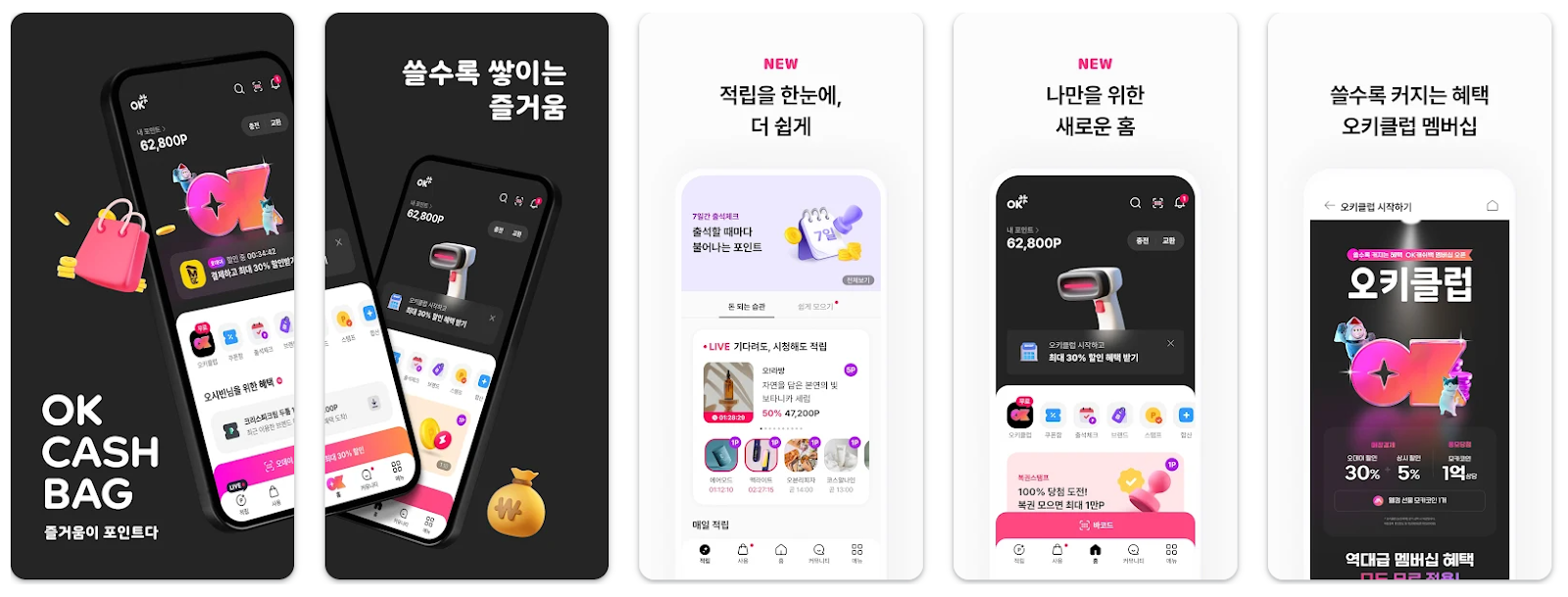
2. CJ ONE (CJ Group)
CJ ONE unites the diverse brands of CJ Group, including CGV cinemas, Olive Young beauty stores, and Tous Les Jours bakeries, into one powerful loyalty ecosystem. The program includes gamified challenges, mobile app exclusives, and integration with cultural events like K-pop promotions.
Why it works: CJ ONE taps into lifestyle touchpoints like food, shopping, and entertainment. The gamification aspect keeps younger users engaged, while cross-brand integration creates a “sticky” ecosystem.
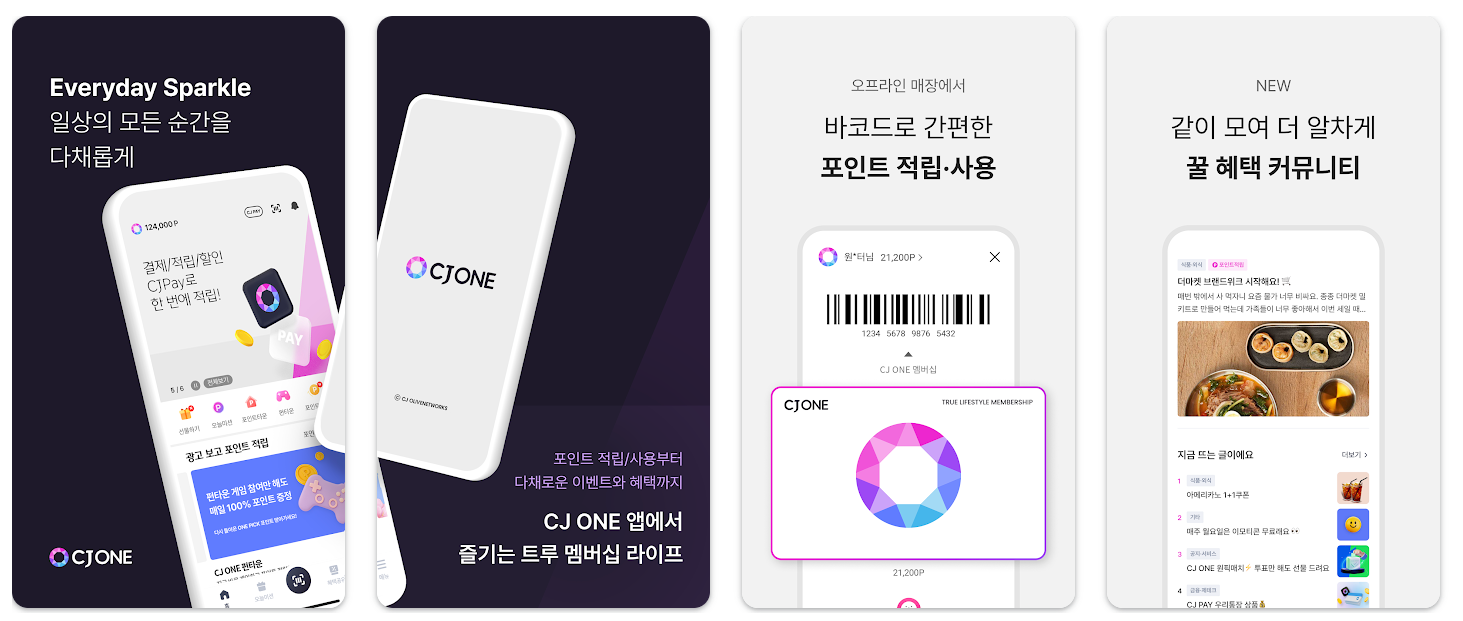
3. Happy Point (SPC Group)
Happy Point, run by SPC Group (Paris Baguette, Baskin Robbins, Dunkin’ Donuts), has over 20 million members. The app uses digital stamps, interactive missions, and mobile ordering to build frequent engagement. Rewards extend across hundreds of restaurants, cafés, and bakeries.
Why it works: By combining everyday purchases (like coffee and baked goods) with playful digital experiences, Happy Point integrates seamlessly into customers’ daily routines.
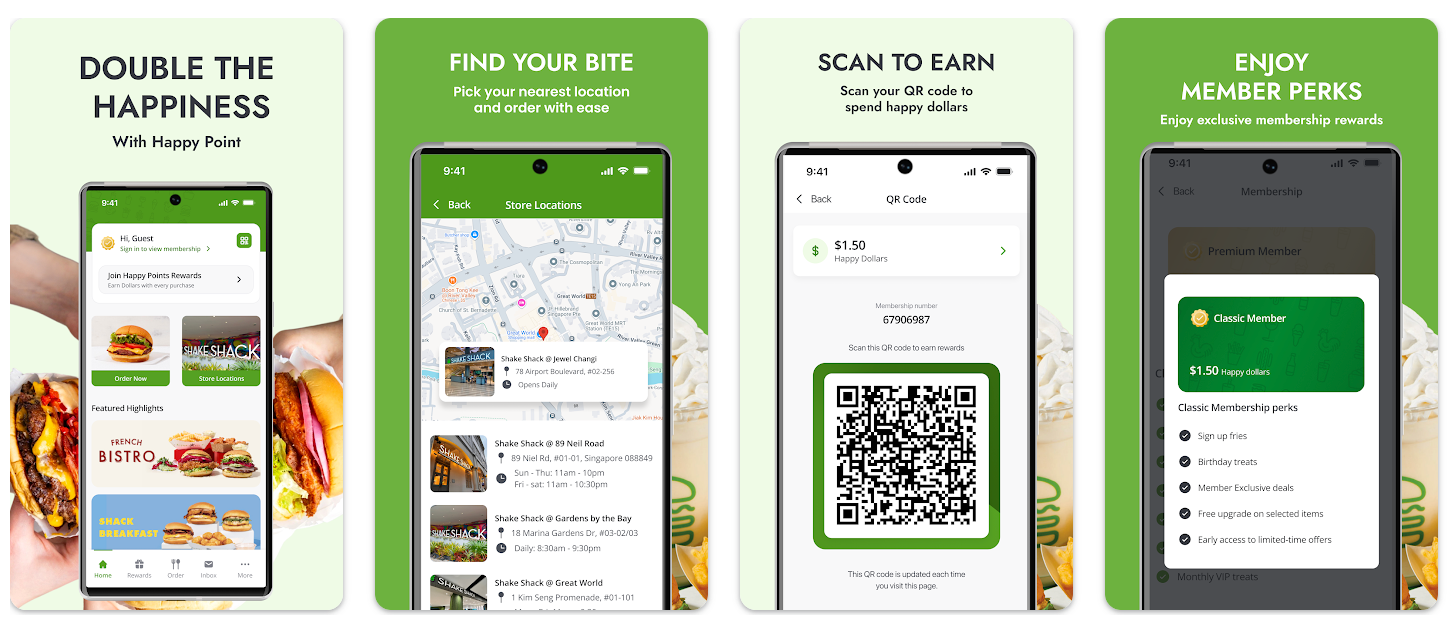
4. Starbucks Korea Rewards
Starbucks Korea boasts one of the highest penetration rates of any Starbucks loyalty program globally, with over 10 million active members.
Customers earn stars on purchases and unlock free drinks, exclusive menu previews, seasonal items, and birthday rewards. The program also integrates mobile payments and app-based ordering.
Why it works: The program aligns rewards with lifestyle perks — seasonal drinks and personalized offers, while embedding convenience through mobile integration, a major driver in Korea’s digital-first market.
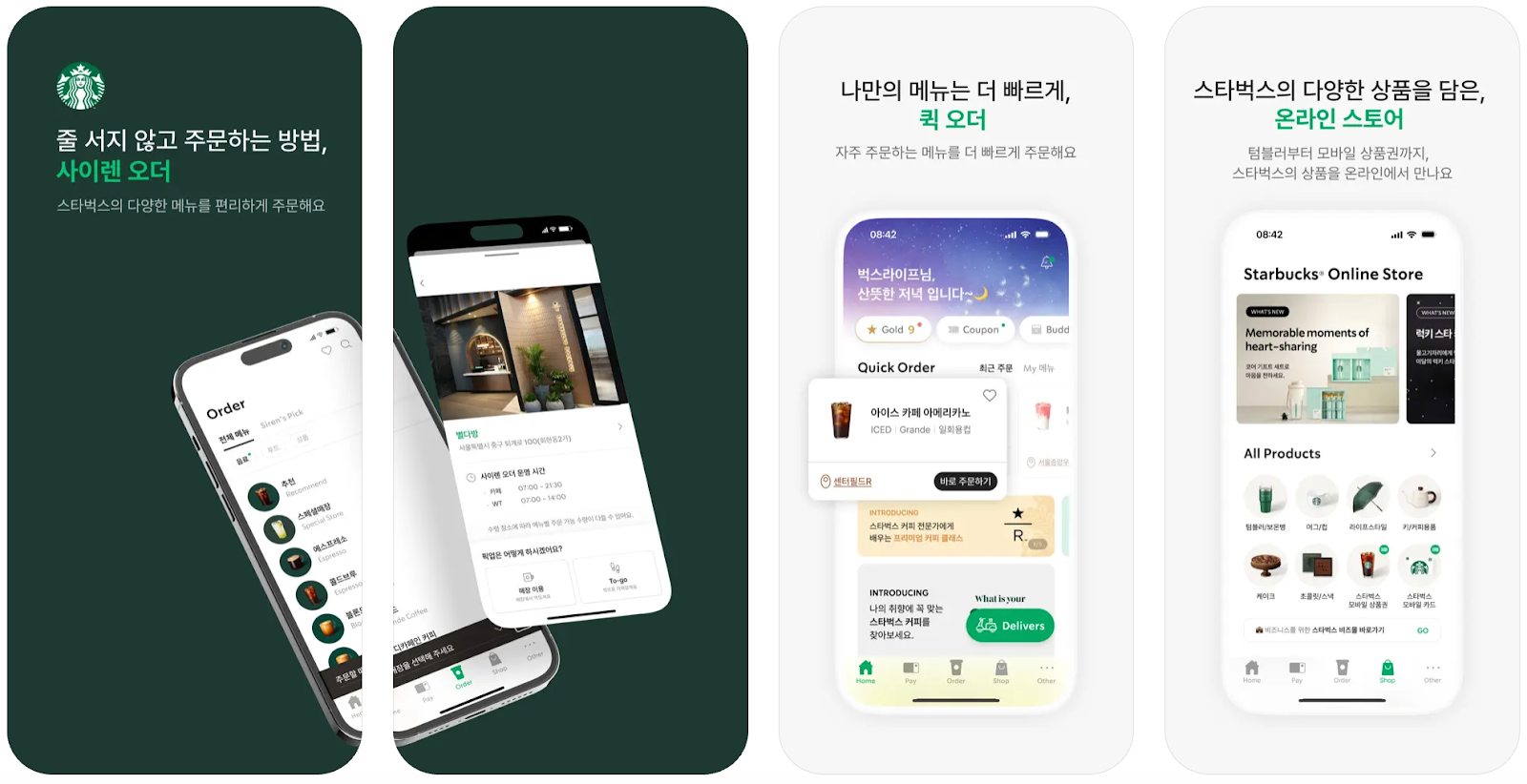
5. Coupang WOW
Coupang’s subscription-based loyalty service mirrors Amazon Prime. For a small monthly fee, members get free Rocket Delivery (often same-day or next-day), exclusive deals, discounts, and access to Coupang Play, the company’s streaming platform.
Why it works: Convenience is king. Korean shoppers value fast delivery and bundled digital perks. By combining e-commerce with entertainment, Coupang ensures customers stay within its ecosystem.
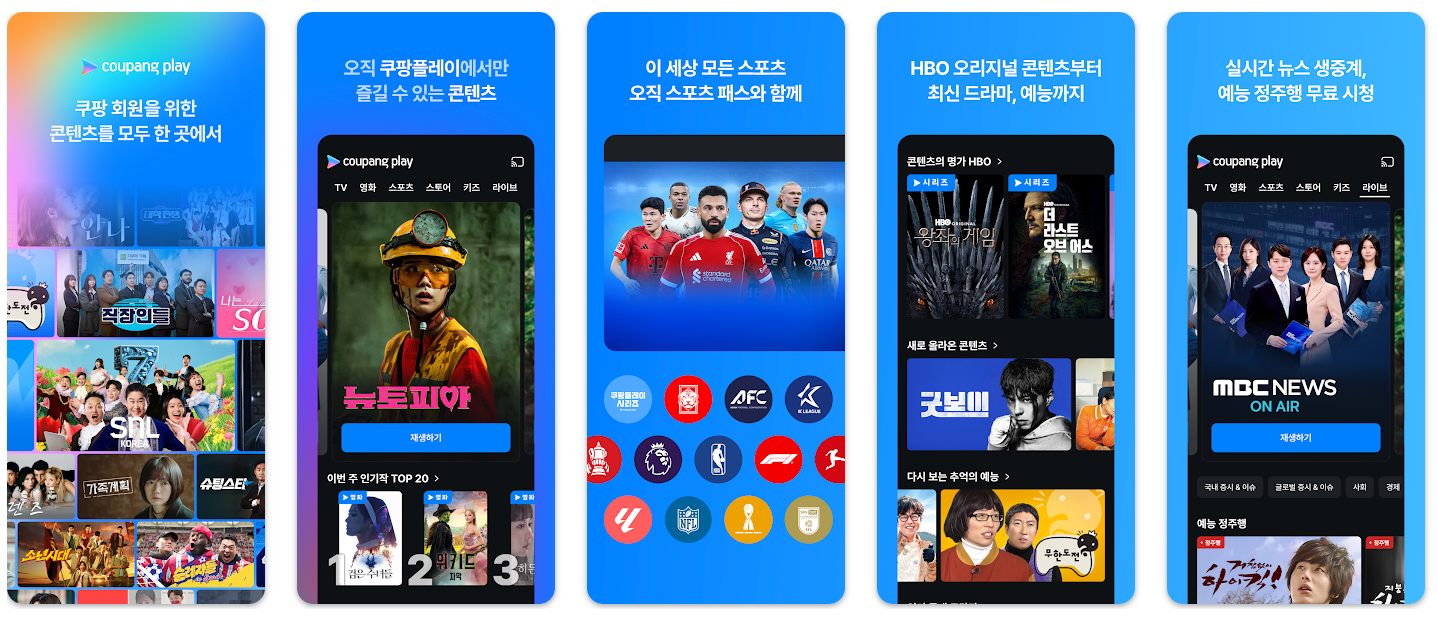
6. Naver Plus Membership
South Korea’s “super app” Naver offers a loyalty program that blends e-commerce, content, and cashback. Members earn points on shopping, which can be redeemed across Naver’s ecosystem (music, books, digital comics, webtoons). It also includes partnerships with third-party merchants.
Why it works: The integration of lifestyle content (like webtoons and music) with shopping rewards taps directly into Korea’s digital consumption habits, making the program feel both useful and fun.
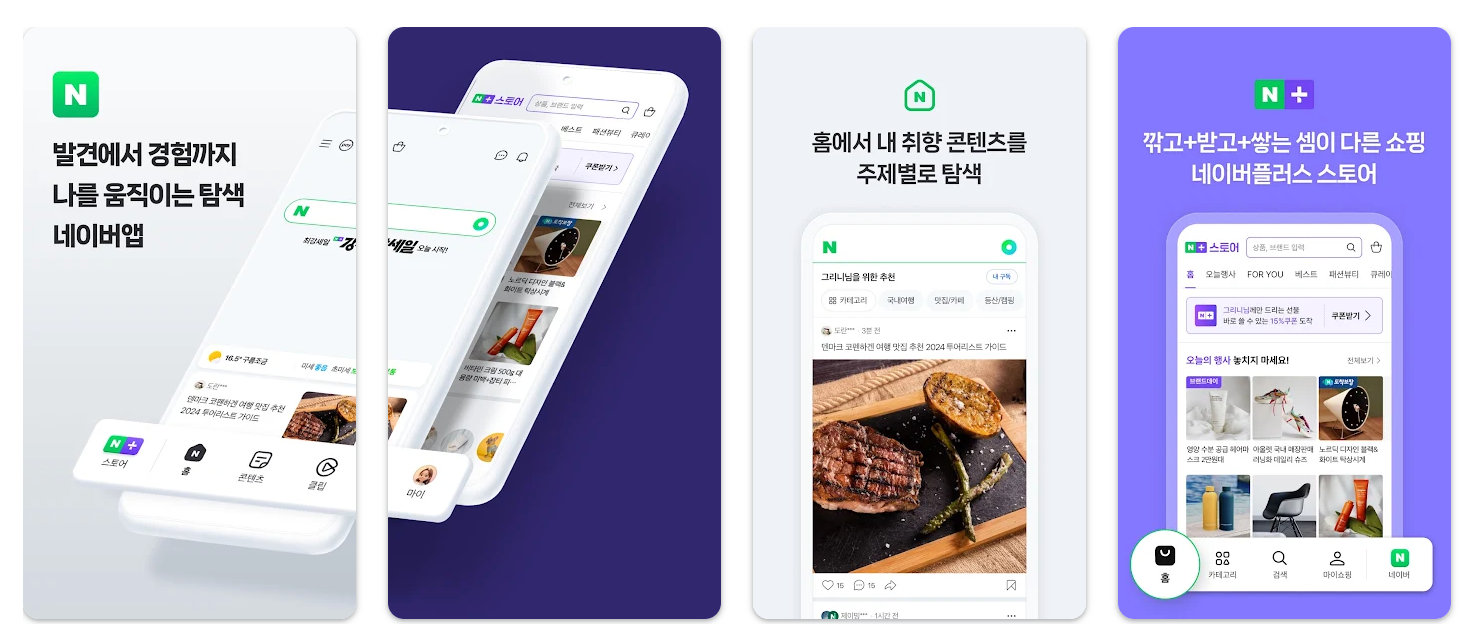
7. SKYPASS (Korean Air) & Asiana Club (Asiana Airlines)
Both Korean Air and Asiana run comprehensive frequent flyer programs, one of the best transportation loyalty programs overall.
Members earn miles on flights and everyday spending with credit card partners, redeemable for upgrades, lounge access, and global travel perks. Elite tiers offer priority boarding, seat upgrades, and expanded partner benefits.
Why it works: In a country with a strong outbound travel culture, airline programs hold high prestige. By linking with banks and global airline alliances, they keep travelers loyal far beyond flights.

Conclusion
South Korea’s loyalty program market is highly advanced, driven by digital innovation, AI, gamification, and subscription models. Brands that prioritize personalization, convenience, and innovative rewards during the digital transformation are poised to thrive, while consumers benefit from highly engaging and seamless loyalty experiences.
By understanding market trends, following best practices, and exploring the top programs, both businesses and consumers can maximize value from South Korea’s loyalty ecosystem.
Ready to build a great loyalty program? Get in touch with our loyalty experts now!
Recommended Posts
If you enjoyed this article, check out these relevant posts below.
Share this Article
Sara Rabolini
Content Marketing Executive
Sara is our Content Marketing Executive. She shares engaging and informative content, helping businesses stay up-to-date with the latest trends and best practices in loyalty...